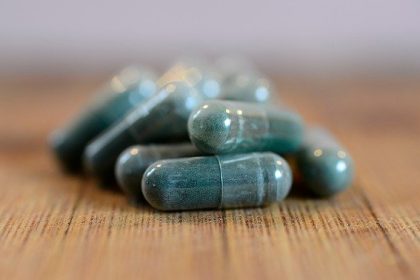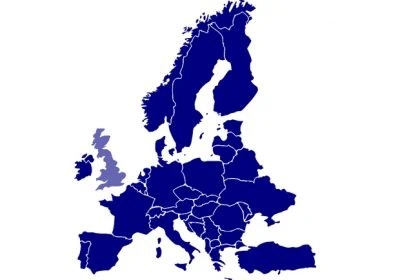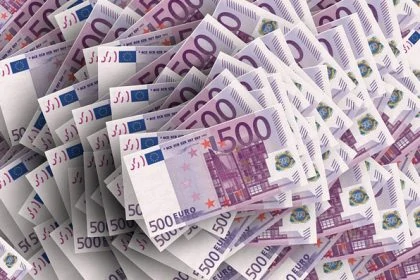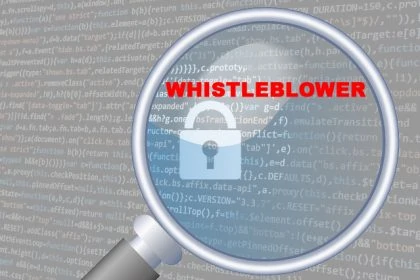A German patent of Clariant on the biocidal composition for antibiotics, which has been revoked since 2016 for claims 1 to 5, remains revoked for those claims. Clariant’s appeal against the revocation was unsuccessful before the Federal Patent Court.

Clariant’s German patent in dispute entitled “Antimicrobial Compositions” (No. 10 2007 009 450) was revoked by the German Patent and Trademark Office (DPMA) in June 2016 with respect to claims 1 to 5. The revocation of the patent was mainly based on the fact that the patent was based on an already known teaching and therefore lacked novelty.
Both Clariant’s patent and the decisive citation E3 (WO 2007/026004 A2 of the German Thor GmbH, manufacturer and supplier of biocides, flame retardants and additives for cosmetic products and specialty chemicals) describe a biocidal composition with a silver compound, namely the composition of the two components 1,2-benzisothiazolin-3-one (= BIT) and silver.
In its revocation decision, the DPMA had stated that the E3 disclosed a biocidal composition with at least 1,2-benzisothiazolin-3-one and silver in the form of a silver compound also in a summary comprising only these two active components. Furthermore, the E3 taught that light- and discolouration-sensitive silver chloride was used in stabilised preparation on titanium dioxide carrier material. Thus, all features of claim 1 of E3 were immediately and clearly disclosed.
Biocidal composition: which features constitute novelty?
Clariant brought an action against this decision, arguing that the composition of the biocides in question – at least in the version of the auxiliary request – was new compared to E3.
In detail, Clariant cited the following features, which the claim of the patent in dispute contains in contrast to E3, partly as additional features according to the auxiliary request:
- the teaching in accordance with the patent in dispute that the carrier material has a particle size of less than 25 mm; furthermore, no information on the particle size of the carrier material can be inferred from E3
- the claimed combination of 1,2-benzisothiazolin-3-one and a silver compound (adsorbed on an oxidic support as defined in claim 1)
- the doctrine in accordance with the contested patent, since in that doctrine the components were incorporated separately into the paint, with the result that the concentrations of the components are less than 0.1% by weight
Since the Patent Division had not examined the inventive step in its decision, the matter would also have to be referred back to the DPMA if this question was relevant, Clariant claimed.
BPatG rejected Clariant’s complaint
The appeal was unsuccessful before the Federal Patent Court (Bundespatentgericht (BPatG)) (14 W (pat) 21/16).
Contrary to Clariant’s view, E3 also teaches the combination of BIT and a silver compound on a carrier in a composition according to characteristics 3.1 to 3.4 and 4.1, the court explained. The biocidal composition with the two active substances BIT and silver was directly and unambiguously disclosed in claims 1 to 3 as the central teaching of E3.
Furthermore, E3 explicitly mentions both the silver compound silver chloride and its stabilised preparation on titanium dioxide carrier material in general terms.
Clariant’s argument that in example 1 of E3 no composition in conformity with the patent in dispute is produced from the two biocidal active ingredients, but that the individual components are only introduced separately into the test colour, does not lead to a different assessment, the BPatG added. For example 1 merely serves to prove the effectiveness of different combinations of biocidal active substances. However, all other examples show compositions with two biocidal components within the meaning of the patent in dispute, the court stated.
Product JMAC® LP 10 and particle size of the carrier material
In E3, the only example of a silver compound on a substrate is the silver chloride preparation on titanium dioxide substrate in the product JMAC® LP 10. This is the same product as the patent in dispute as an example of a supported silver compound.
This fact was to Clariant’s disadvantage. Since the patent in dispute expressly mentions this product as being suitable for use in accordance with the invention, it also fulfills the condition of the particle size of the carrier material of less than 25 mm as claimed in feature 3.5, the BPatG ruled.
If the E3 doctrine is applied to the silver chloride-containing product JMAC® LP 10 as an example, the court explained that an expert can directly determine the particle size of the carrier material according to feature 3.5 as a characteristic of the biocidal composition of the E3.
The BPatG therefore confirmed the DPMA’s decision of 2016 and dismissed Clariant’s appeal. In addition, the referral back to the DPMA requested by the parties was out of the question, and the Senate itself was able to make a final decision on the matter. This is because the ruling confirmed the lack of novelty, so that an examination of inventive step is not relevant and no longer necessary.
Important: preliminary and subsequent patent search
Incidentally, the case also shows once again how important it is to file a patent application as soon as possible and also to conduct preliminary and subsequent patent searches. Although the E3 publication was not published until March 8, 2007, and thus not until after the filing date of Clariant’s patent in dispute, February 27, 2007, E3 had already been applied for prior to publication on August 31, 2006, designating the Federal Republic of Germany as the state of destination, and thus – and this is also undisputed by Clariant – constituted the state of the art pursuant to § 3 (2) German Patent Law – decisive for the examination of novelty.
Are you looking for advice and support for your patent rights?
Our patent attorneys and attorneys at law have expertise in all fields of intellectual property law, both nationally and internationally.
We are looking forward to the contact with you!
Sources:
Judgement of BPatG, 14 W (pat) 21/16
Image:
JerzyGorecki | pixabay.com | CCO License








Leave a Reply